Board layout
The boards of the Radeon RX 5700 and 5700 XT are not only similar, they are absolutely identical. Only in the assembly there is a small difference, which results from the different power consumption. Otherwise everything is absolutely the same, as the direct comparison in the picture gallery shows.
The back is badly paved and you can also see that the socket of the GPU is much smaller, i.e. still with the RX Vega and the Radeon VII. The position of the active components is now very similar to that of Nvidia's GeForce cards, including memory and the positioning of the voltage converters. AMD has also banished the PWM controller for the GPU to the back below the radial fan attached to three screws:
But before I go into detail about the components, let's look at the power supply scheme of the Radeon RX 5700 (XT). This is the same for both cards, except that the Radeon RX 5700 for the XT version is missing exactly one voltage converter phase. If the RX 5700 XT still has 7 for the GPU, the RX 5700 has only 6. We can read how this will affect balancing in terms of power consumption according to the benchmarks. The GDDR6 memory, which was also used by AMD for the first time, has two phases. Let's look at the details:
The 7 or 6 voltage converter phases for the GPU (VDDCR-GFX) arranged as a line with each other are generated by an International Rectifier IR35217 on the back of the board, which is also a good old acquaintance. The two phases for memory (MVDD) also generate an IR35217 on the front left side of the first phase for memory. The second one is sensibly on the other side, so the design is a little simplified. These chips fully support the PWMVID function and the PWMVID input is buffered and filtered to produce a very accurate reference voltage.
The output voltage is then precisely controlled on the reference input. The integrated SMBus interface offers enough flexibility to optimize performance and efficiency and also to connect the appropriate software. The controller also supports new Smart Power Stage chips (PLCs). Appropriate PLC then provide very accurate information about e.g. currents (IMON) and temperatures (TMON). Suitable PLCs are therefore used for all phases, whereby this is the well-known FDMF3170 from On Semiconductor.
However, the diagram above also shows many other tensions. The creation of VDDCI (picture at the bottom left) is not a big item in terms of performance, but it is extremely important. It is used for GPU-internal level transition between the GPU and memory signals, something like the voltage between the memory and the GPU core on the I/O bus. As always with AMD, the storage controller is also supplied proportionally from the already mentioned MVDD and VDDCI. In addition, two constant sources for 1.8 and 0.75 volts are produced. VDDR_SOC (pictured bottom right) is the next independent post.
In the case of coils, the usual encapsulated ferrite core coils are used. For the GPU, it is models with 150 mH (picture bottom left), for memory 330 mH coils (picture bottom right). Input filtering is carried out via three 560 mH coils.
The label on the memory identifies it as Micron's MT61K256M32. These are 8GB GDDR6 SGRAM modules (2 channels x 256 Meg x 16 I/O, 2 channels x 512 Meg x 8 I/O) with a bandwidth of 14Gb/s. Since a total of eight modules are installed, the memory expansion of 8 GB is also available.
Cooler
The top cover of both cards leaves air for Delta's large radial fan. While the cover of the Radeon RX 57000 XT bears the dent of Lisa Sus hand-edge stroke, the smaller sister has to do without this beating marketing weapon. The material is identical, only with the larger sister a little more elaborately processed. The rest is the same
The fan runs at up to 2.4 amperes at 12 volts, i.e. almost 29 watts for the full 5000 maximum rpm, which you never reach. But the 2000 rpm++ are in it and so I measure 9 to 10 watts maximum. The large cooling and mounting frame in the middle cools all components except the GPU and is full of thermal pads to the active components. The Vapor-Chamber sits only on top and is fixed separately with the spring cross and 4 screws. The conscious phase change pad with the graphite fillers instead of thermal paste is used again.
The view from above shows once again very clearly the chamber principle of the slat cooler, which sits on the large vapor chamber and through which the radial fan pushes the air in the direction of the slot bezel.
The backplate reserved for the RX 5700 does not actively contribute to cooling, but is purely optical in nature.
| Cooling system at a glance | |
|---|---|
| Type of cooler: | Air |
| Heatsink: | Vapor Camber |
| Cooling fins: | Aluminum, vertical alignment related |
| Heatpipes | none, Vapor Camber |
| VRM cooling: | About mounting frame |
| RAM cooling | About mounting frame |
| Fan: | Radial fan No fan stop |
| Backplate | Aluminum (RX 5700 XT only) Active cooling function |
- 1 - Einführung und Übersicht
- 2 - Tear Down: Platine und Kühler
- 3 - The Division 2
- 4 - F1 2019
- 5 - Far Cry 5
- 6 - GTA V
- 7 - Metro Exodus
- 8 - Shadow of the Tomb Raider
- 9 - Total War: Three Kingdoms
- 10 - World War Z
- 11 - Leistungsaufnahme im Detail
- 12 - Temperatur, Takt, Infrarot
- 13 - Lüfter und Lautstärke
- 14 - Zusammenfassung















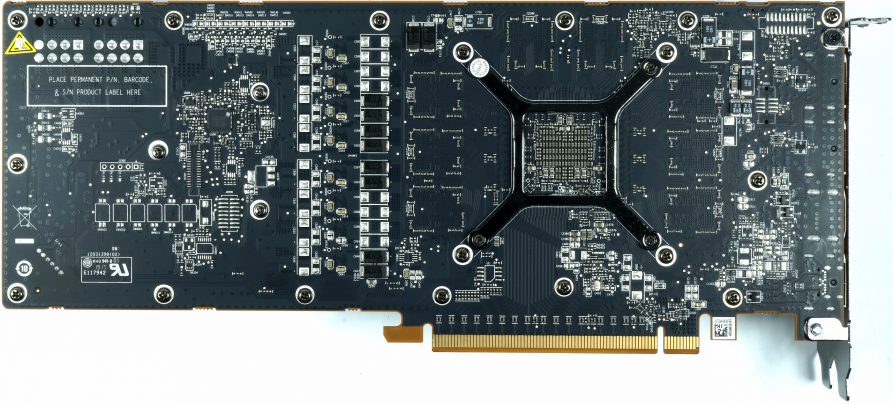
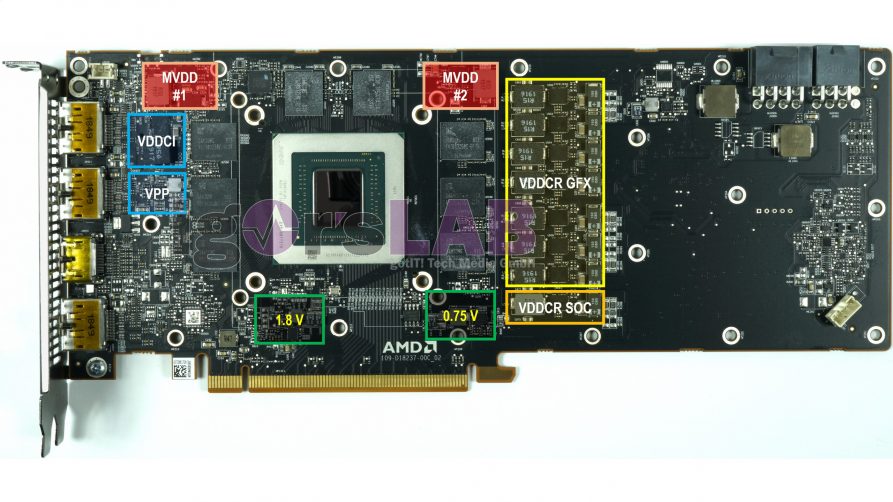
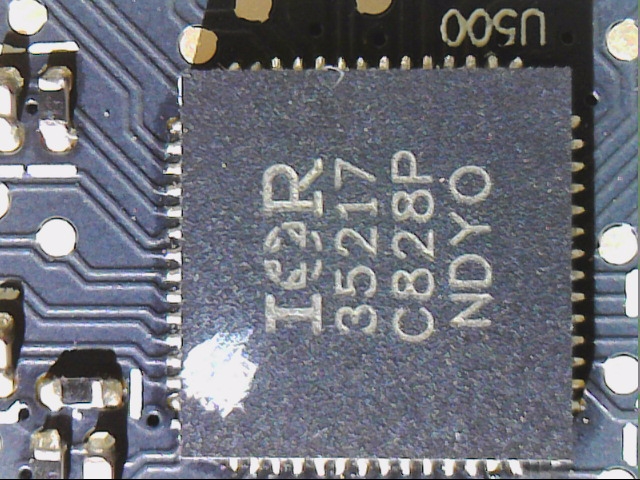
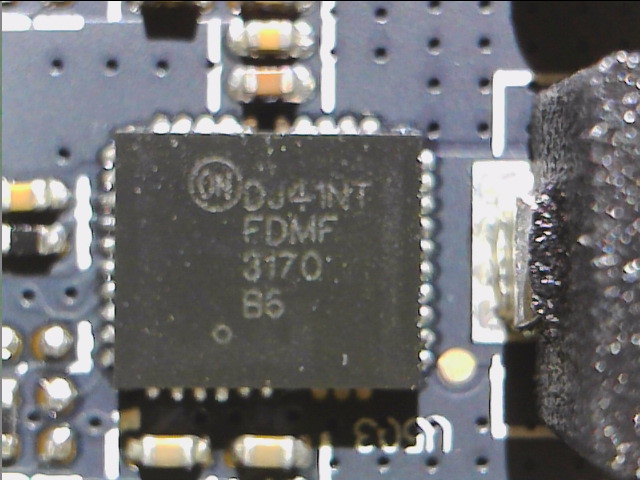
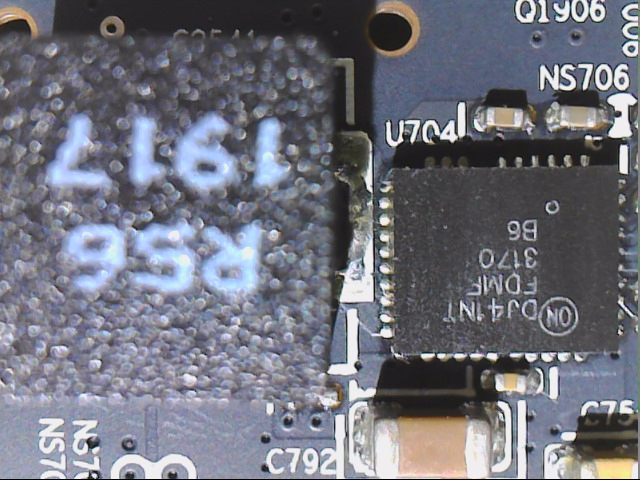
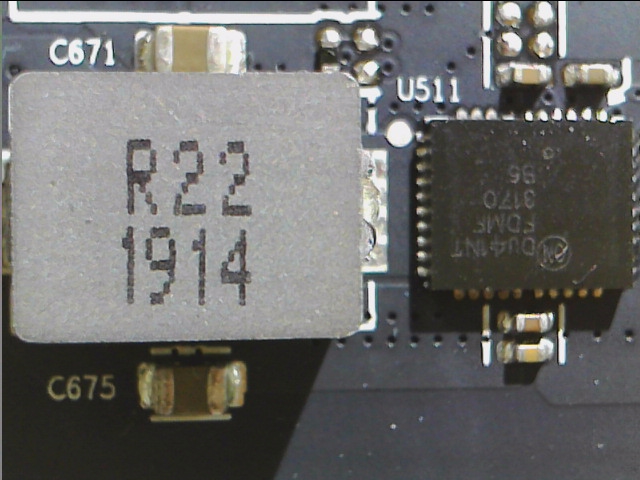
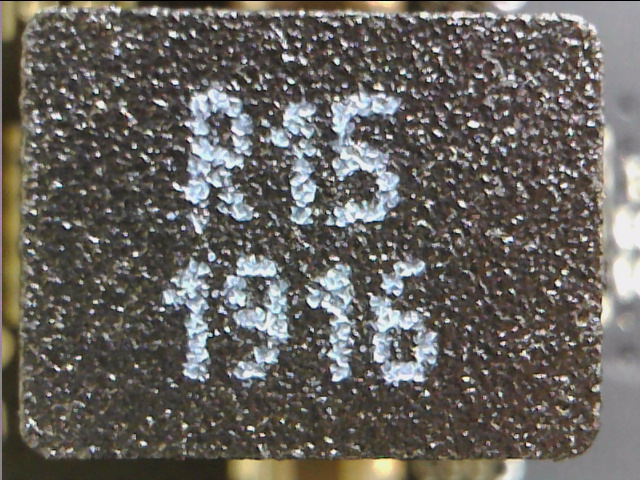
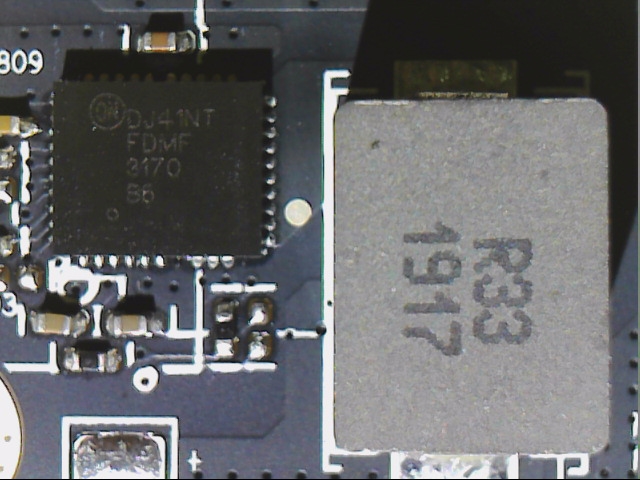
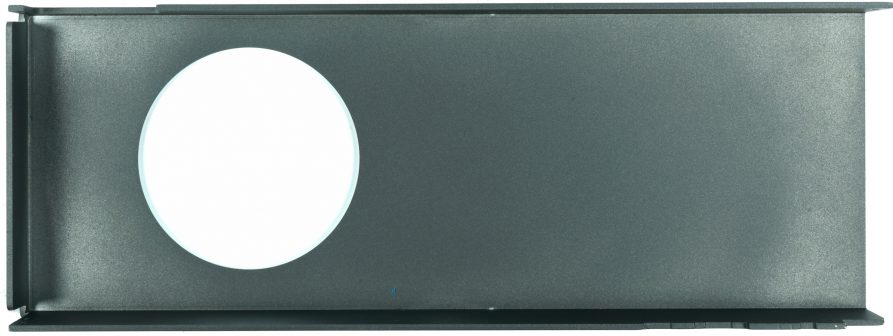
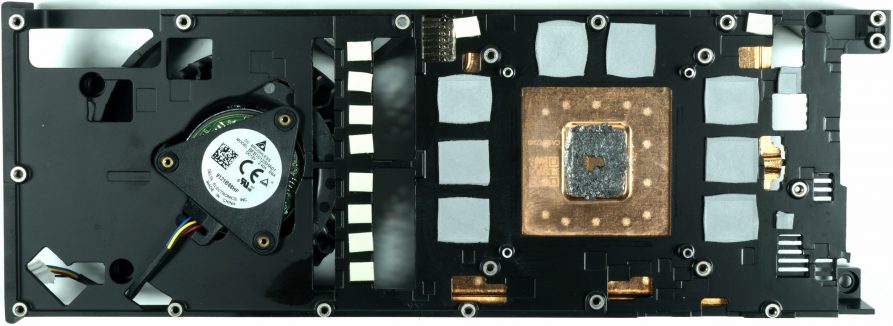
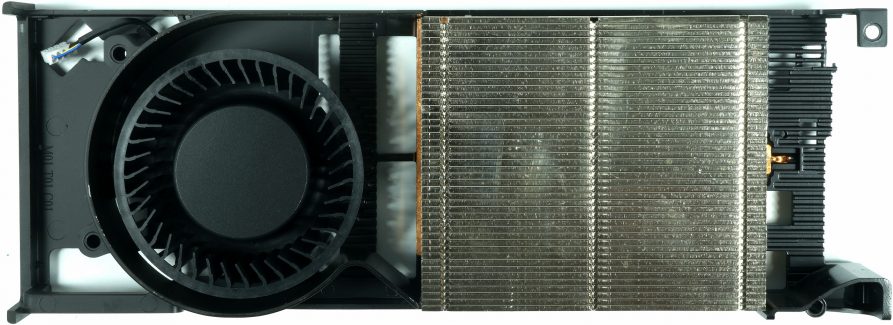
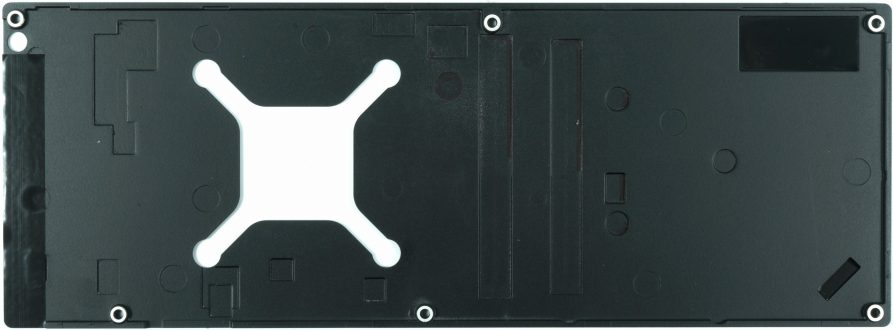


















Kommentieren